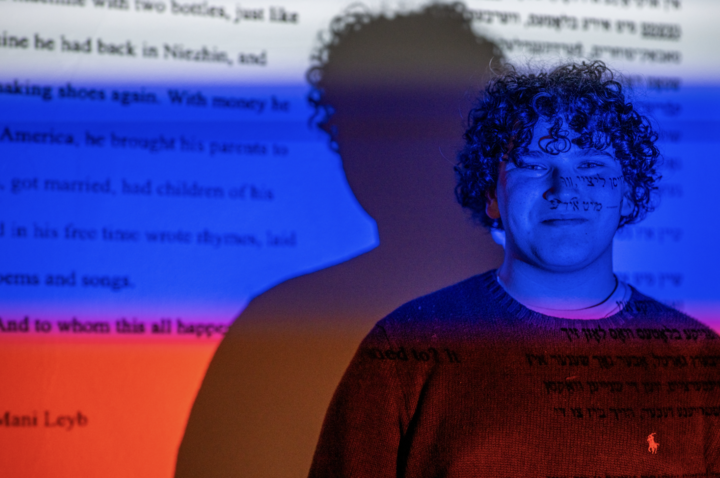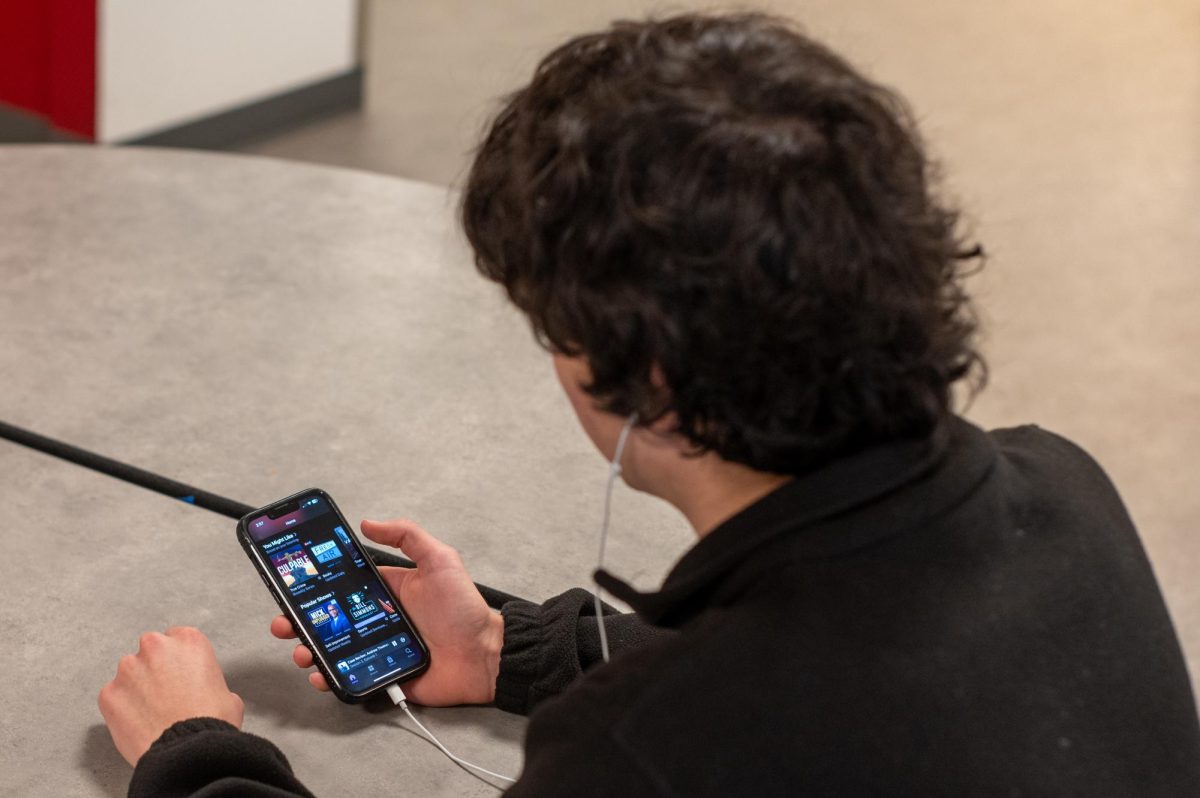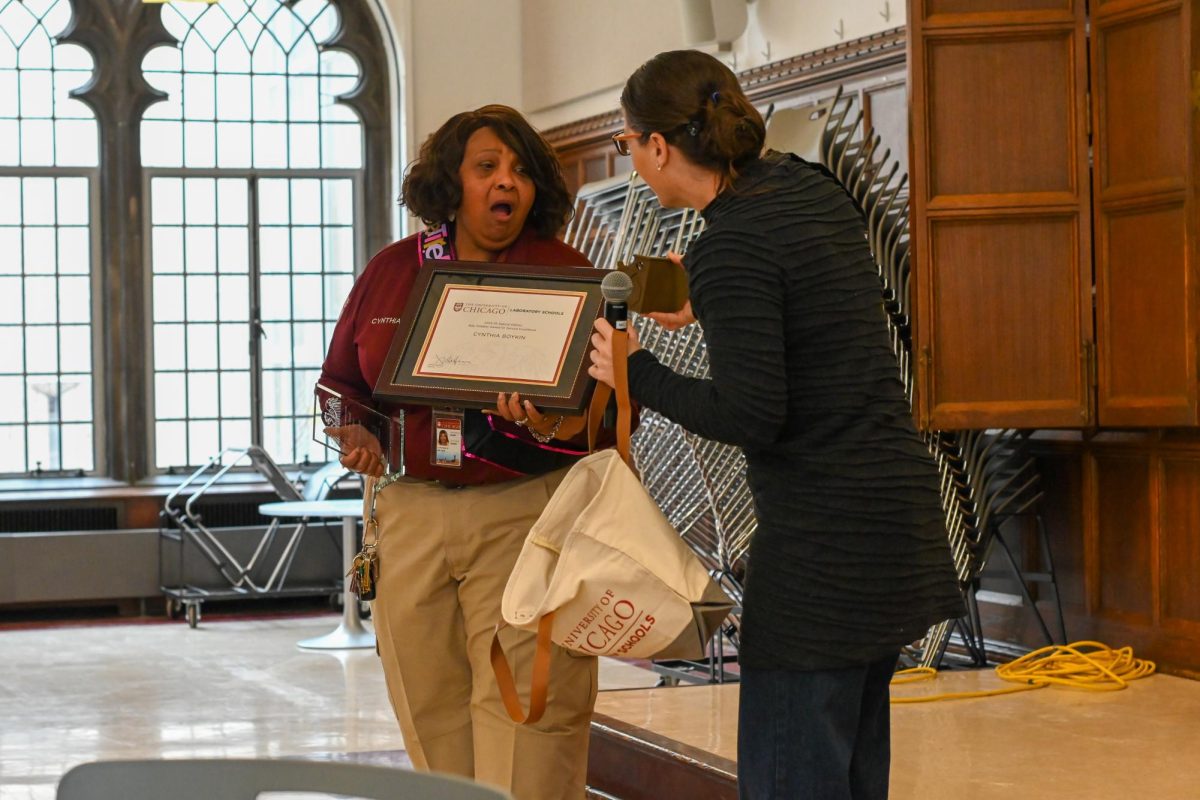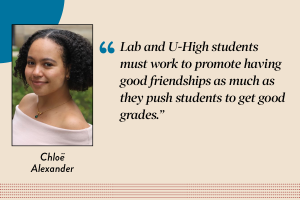Diversity doesn’t reflect neighborhood
Students, administration, teachers, and organizations must do more to transform our school environment into something more welcoming to everyone.
December 8, 2022
As the Midway sees it…
It’s a familiar cycle.
Racist incident. Public outcry. Email from the administration. Forums with affinity groups. In-class discussions. Assemblies. A few weeks later, people stop talking about it.
Our school has a poisonous and exhausting problem. In the short term, there always seems to be a significant effort put into fixing it. However, this work goes in vain as the cycle inevitably repeats. As a result, we now know, a disproportionate number of Black students are leaving the school. We all must do more to transform our school environment into something more welcoming.
To truly ensure Black students feel supported and valued at school, both the administration and student body need to take active steps to promote anti-racism and greater diversity.
Every incident is nuanced, and there is always complicated context. However, we ask — again — that at the very least, the administration condemn the racist behavior that has become a pattern. To truly send an authentic message that our community values Black students, the leaders in our community need to embody that message through bold words and actions. Students, we also must be intentional about our behaviors, understand the context of problematic behaviors and hold each other accountable.
This month, the Midway reported that former Black Lab students cited feeling unable to express their authentic selves as one reason they decided to leave the school . This is unacceptable. We could combat this feeling of isolation by putting in the work to make our school actually reflect Chicago and its Black communities, setting an expectation of diversity.
The Chicago Metropolitan Agency for Planning reports that in two neighborhoods adjacent to Lab, Hyde Park and Kenwood, African Americans make up 24% and 66% of the population respectively. Although 45% of Lab’s student body is from Hyde Park and Kenwood, only 9% of total students are Black. This disproportionate ethnic breakdown of local children enrolled is cause for concern. Although the university services many local children through its charter schools which are made up of over 95% of Black students, Lab must increase the effort to more accurately represent the neighborhood around us.
Additionally, Lab reports that 55% of students are affiliated with University of Chicago faculty. This leads to further inequity as only 9.7% of employees at UChicago are Black. This data reveals systemic issues with diversity in Lab admissions that needs to be actively counteracted.
To further balance representation at Lab, the school must make an effort to recruit, hire and retain more Black teachers.
Teachers of all backgrounds should facilitate welcoming and safe classroom spaces, and many do. However, with a homogenous population of teachers, perspectives may go overlooked or misunderstood in class. Conversations about race and identity are hard, especially when the vast majority of them are guided by teachers who do not share your identity. With a more diverse faculty, classroom settings may become more multi-perspective, understanding and generally more welcoming for Black students.
Finally, the school must actively empower and welcome Black students and prospective families.
By promoting student identity groups like the Black Students’ Association through assembly exposure, sponsored events and increased budgets, the administration can help students feel more heard by the school and their peers. Additionally, admissions events like “Black at Lab,” hosted to show prospective families the Black experience at Lab, are great ways to foster relationships with Black families and should be expanded.
Through these changes, it could be possible to break this seemingly never-ending cycle. Hopefully one day soon, our school can genuinely embody the mission we so proudly display.
































































